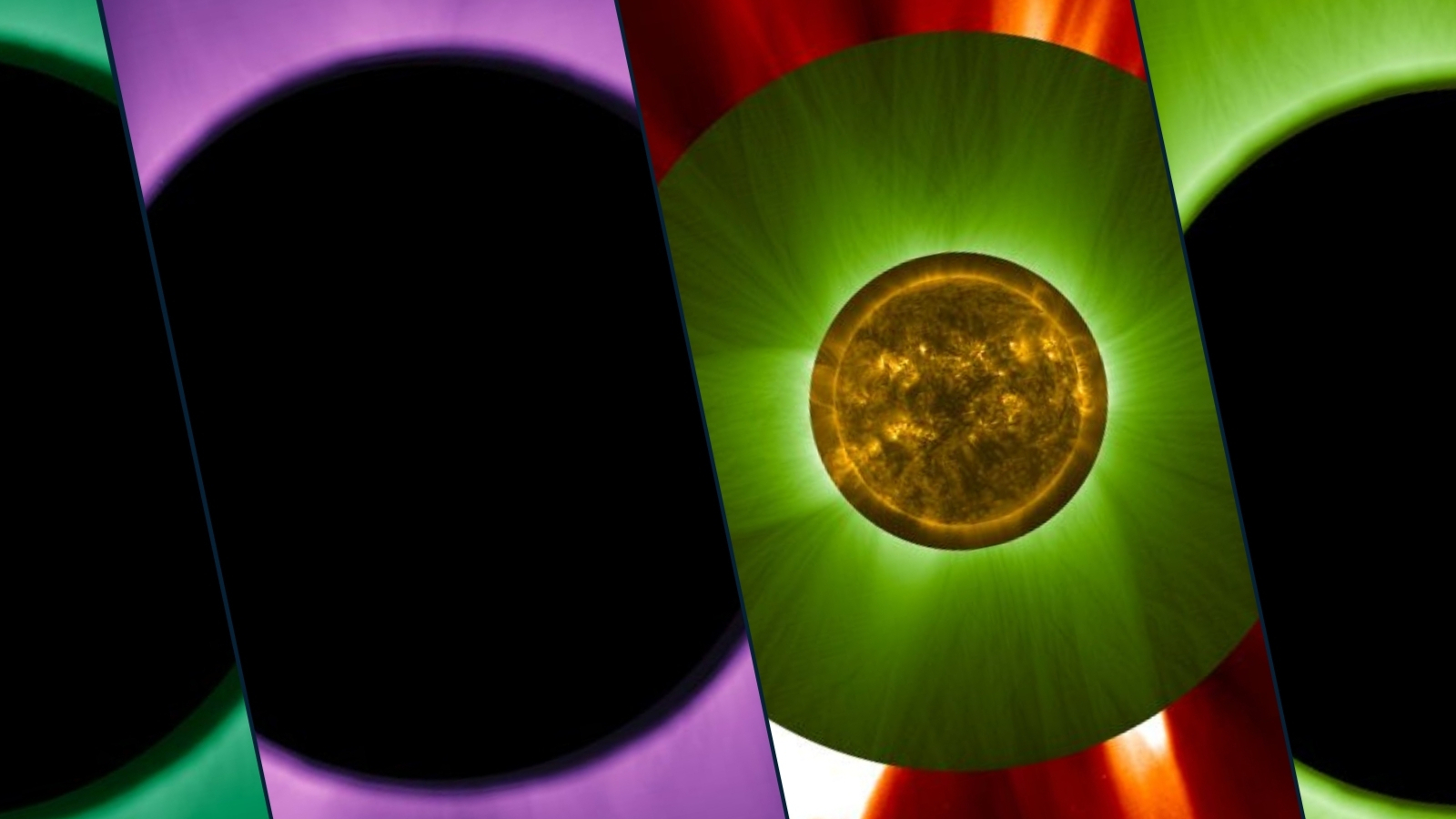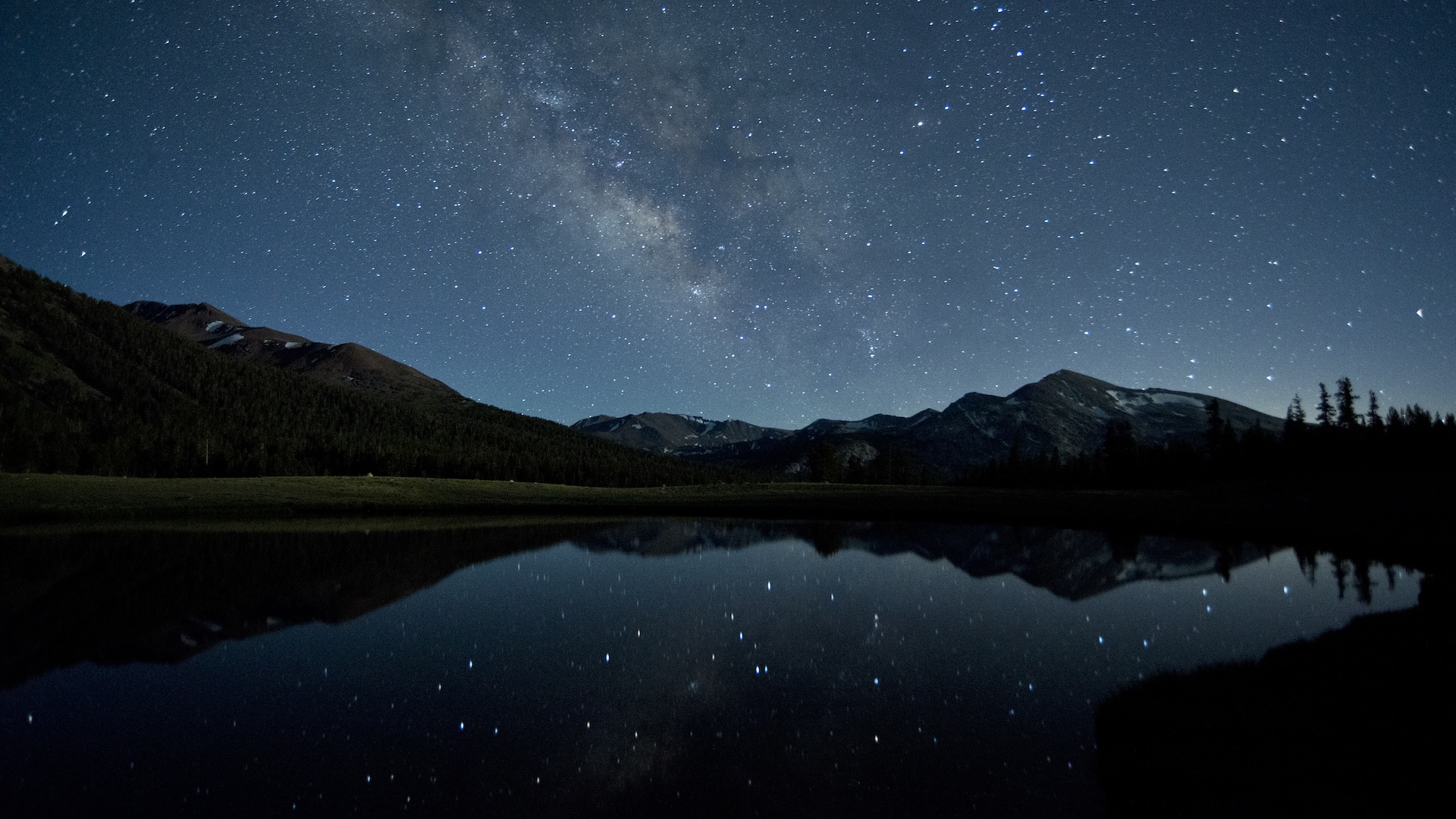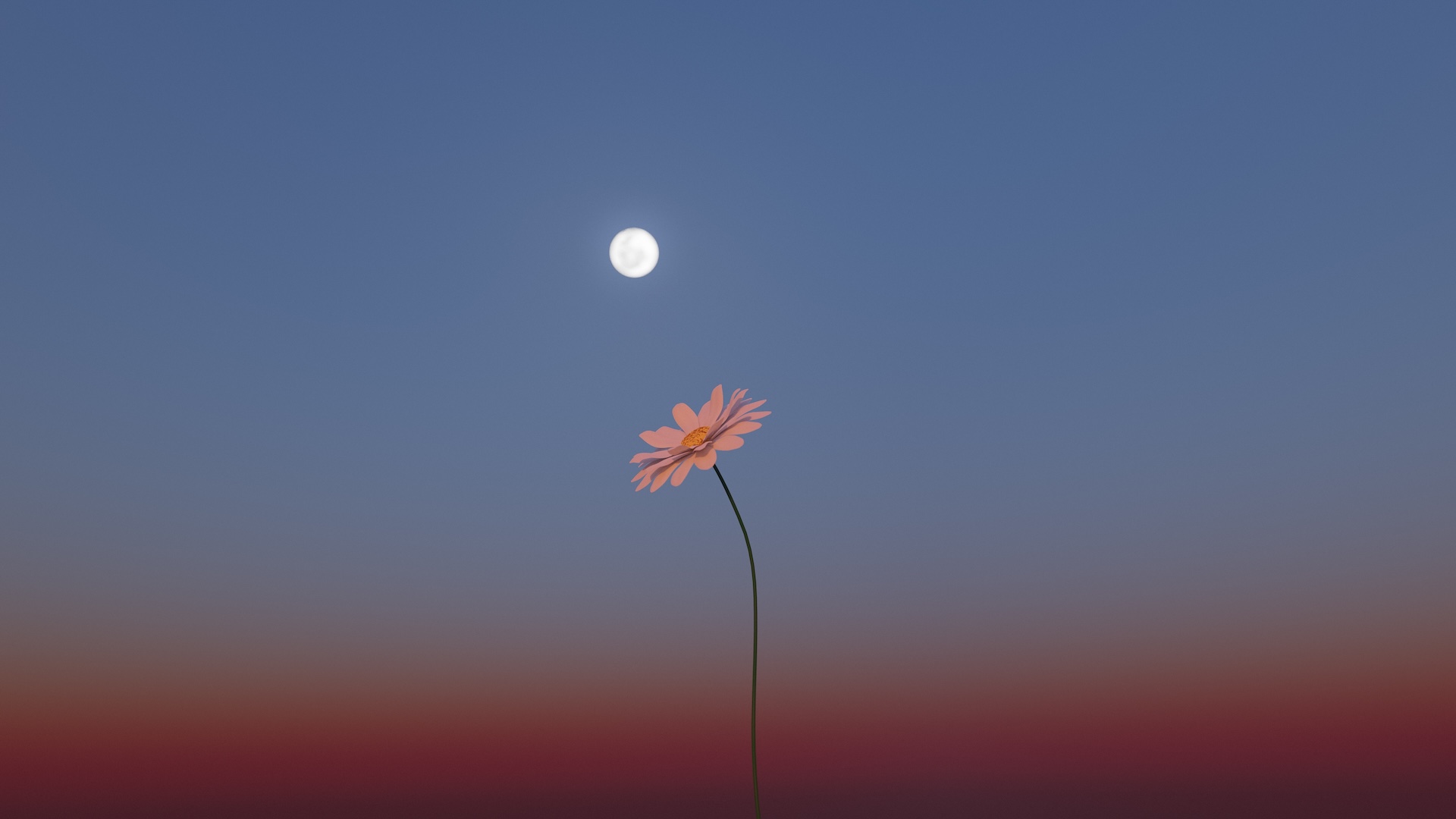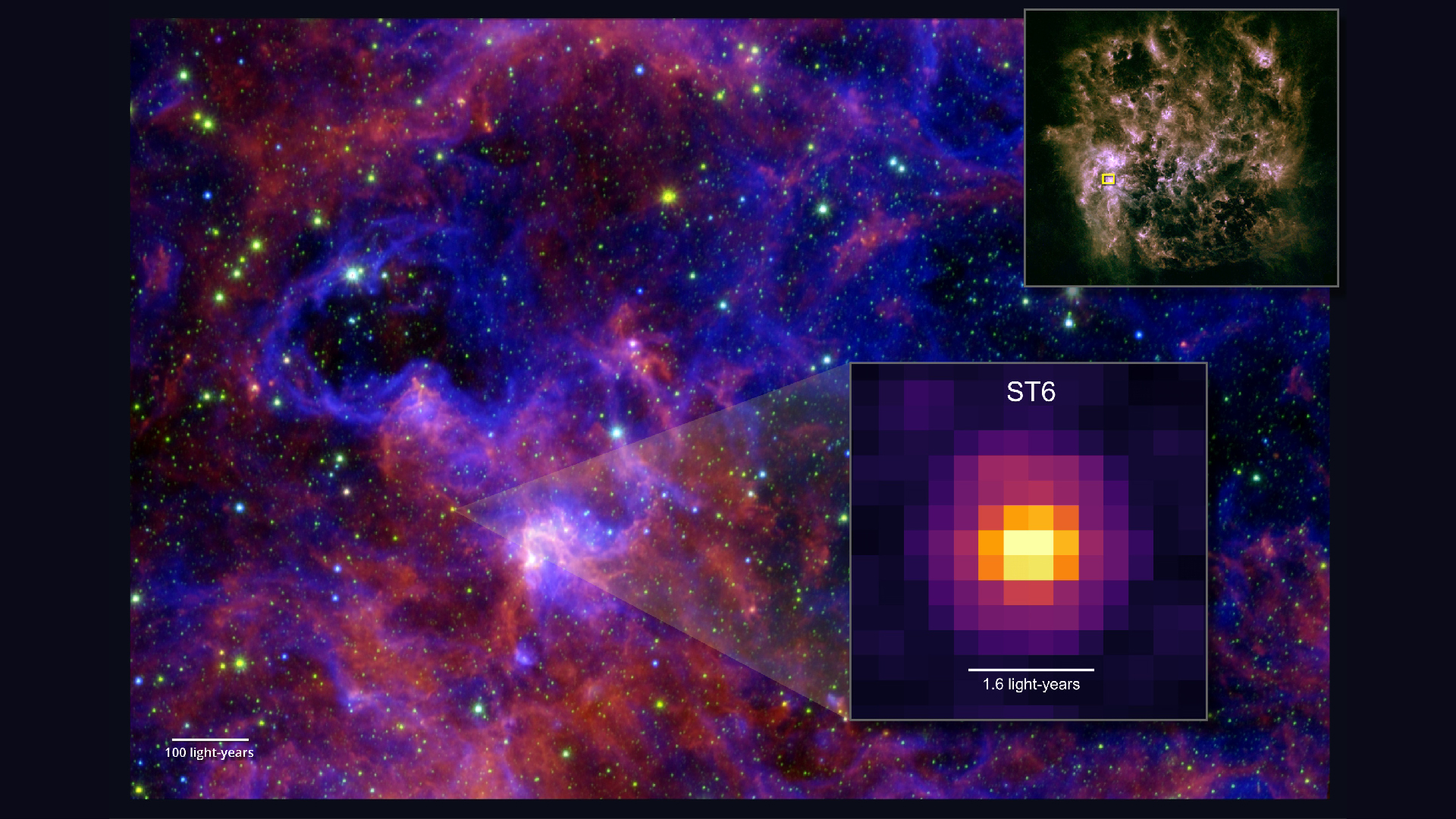
Jamie Carter
Jamie Carter is a freelance journalist and regular Live Science contributor based in Cardiff, U.K. He is the author of A Stargazing Program For Beginners and lectures on astronomy and the natural world. Jamie regularly writes for Space.com, TechRadar.com, Forbes Science, BBC Wildlife magazine and Scientific American, and many others. He edits WhenIsTheNextEclipse.com.
Latest articles by Jamie Carter
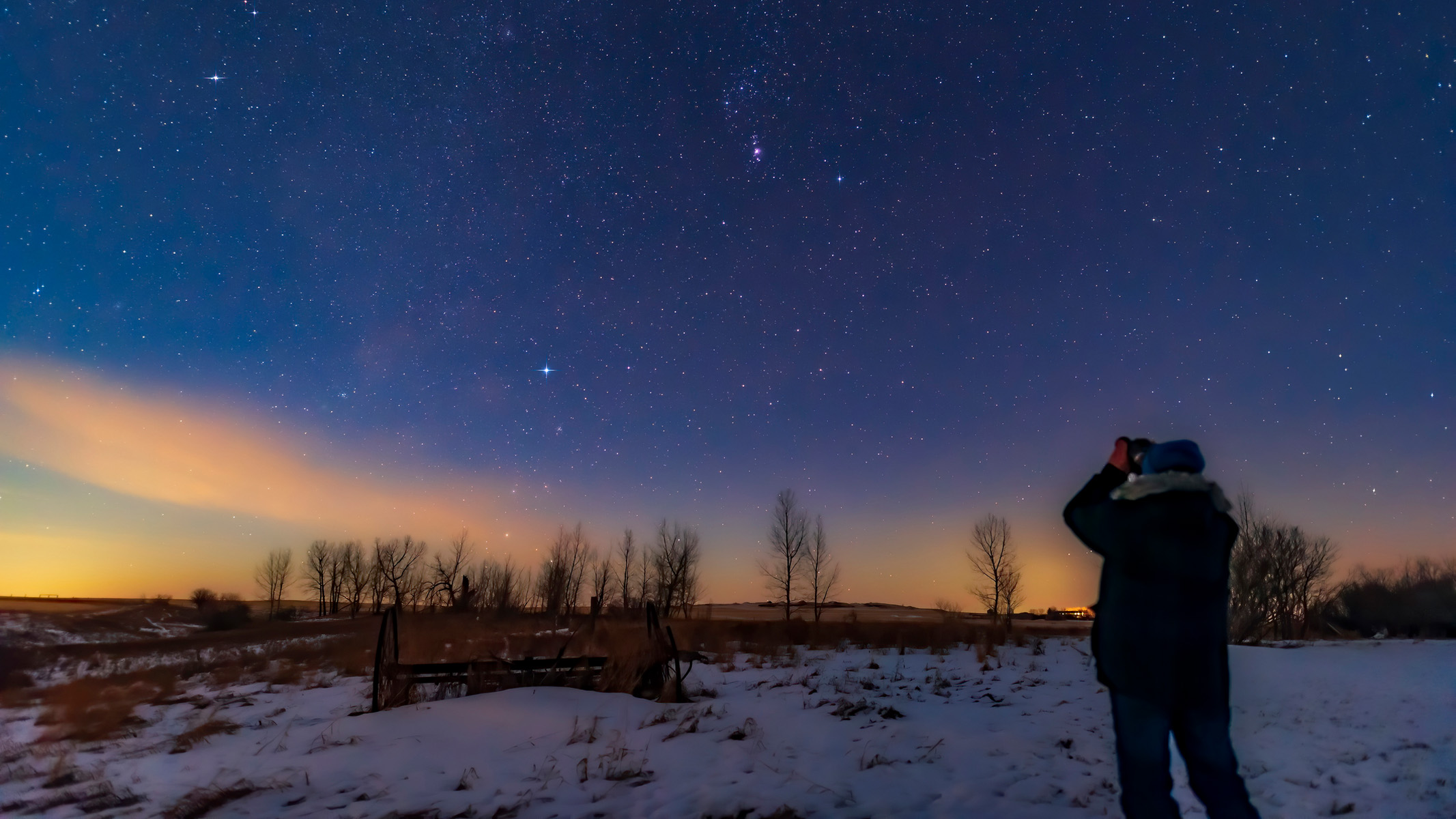
Nine best things to see in the night sky with binoculars: August to November 2025
By Jamie Carter published
Explore the wonders of the Northern Hemisphere’s night sky with our guide to the best celestial sights you can observe with binoculars between August and October 2025.
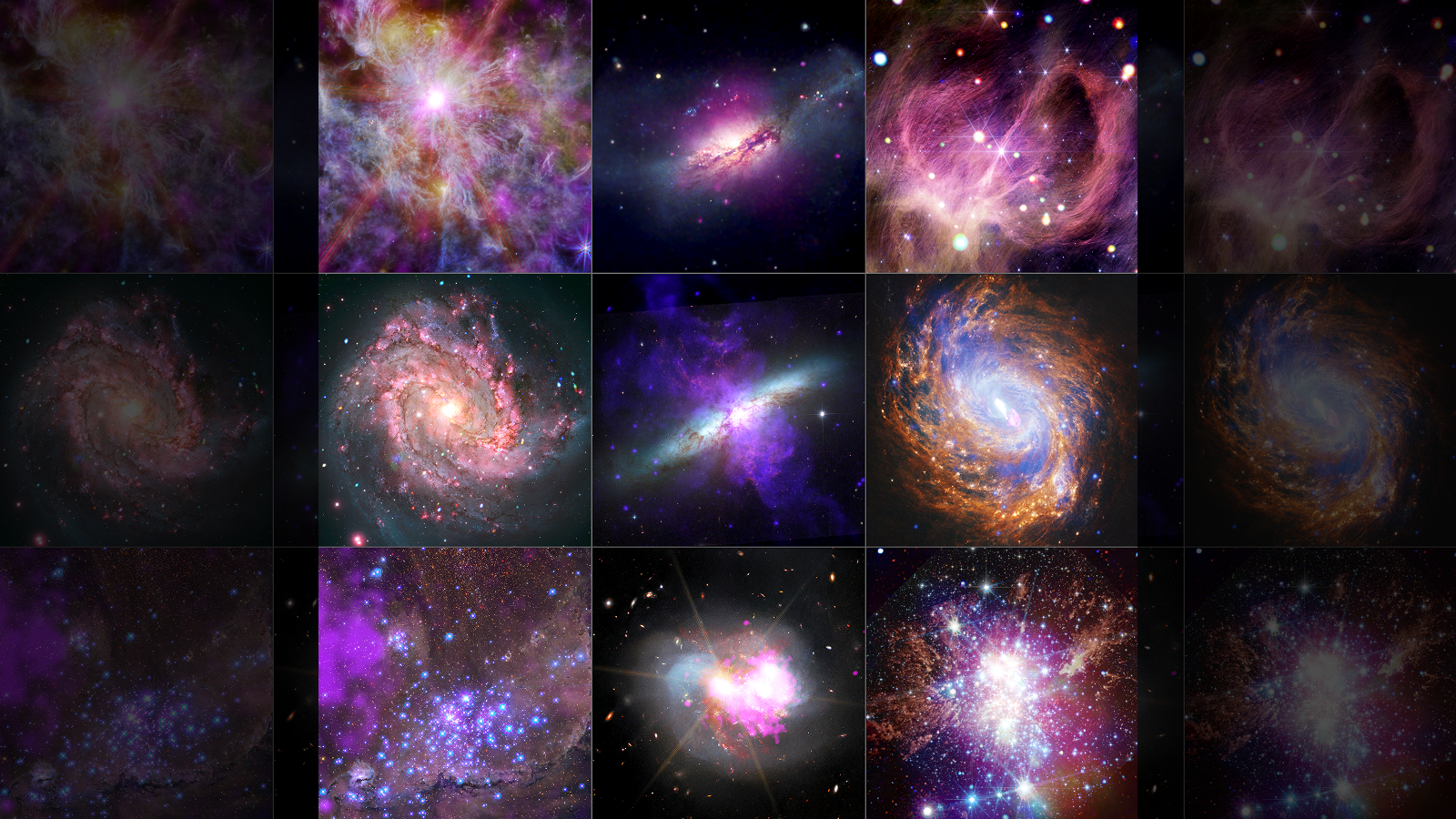
NASA unveils 9 stunning snapshots of the cosmos in X-ray vision: Space photo of the week
By Jamie Carter published
Scientists have released nine dazzling images from NASA's Chandra X-ray Observatory, blending data with the Hubble and James Webb space telescopes to reveal black holes, star clusters and distant galaxies like never before.
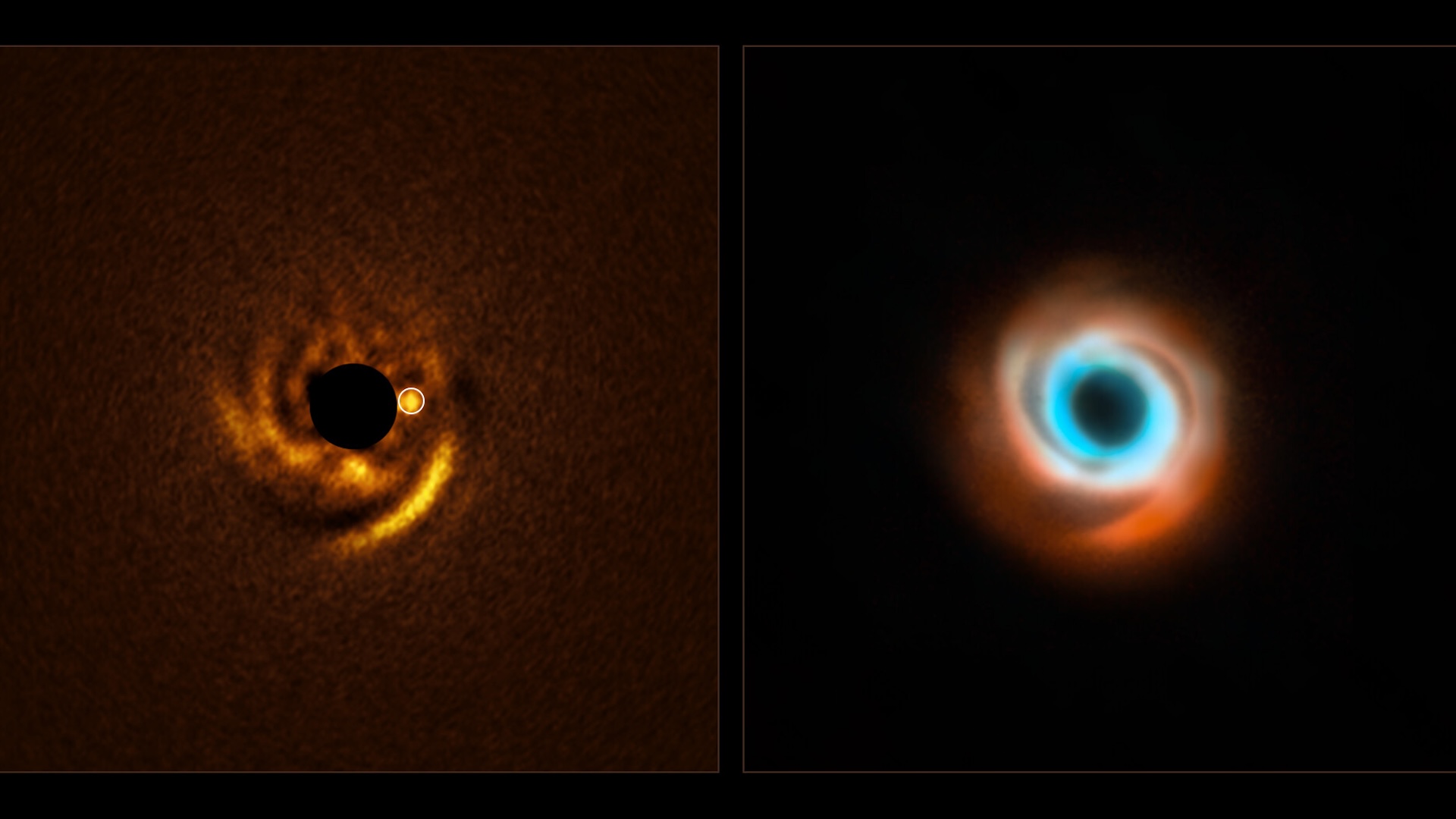
Astronomers witness a newborn planet emerging from the dust around a sun-like star: Space photo of the week
By Jamie Carter published
The Very Large Telescope in Chile has found, for the first time, an infant planet nestled in spiral arms of dust around a distant sun-like star.
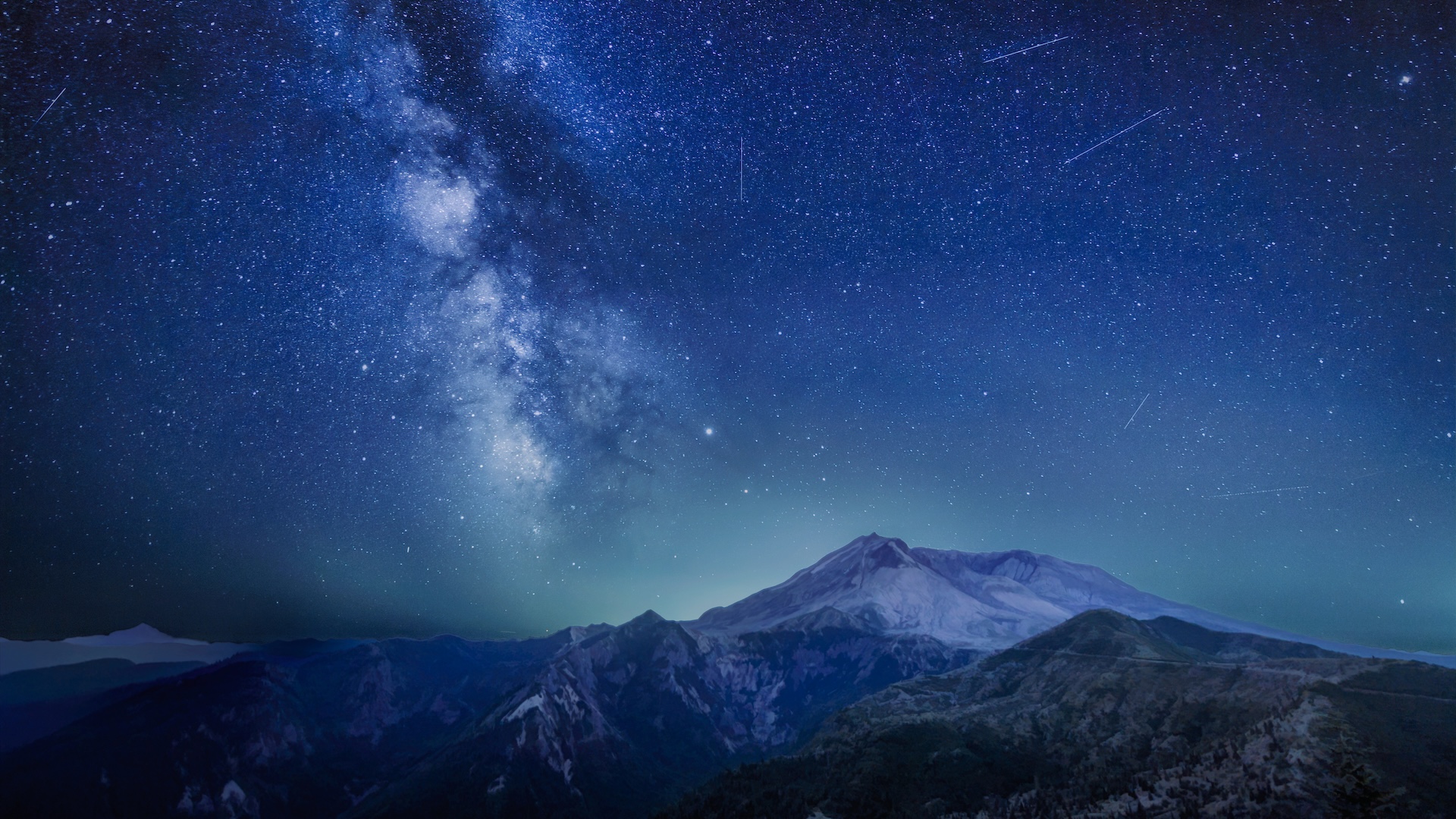
2 meteor showers to peak on the same night. Here's how to catch them at their best.
By Jamie Carter last updated
Two minor meteor showers — the Southern Delta Aquariids and Alpha Capricornids — peak overnight on Monday (July 29-30), making it a great night for stargazing.
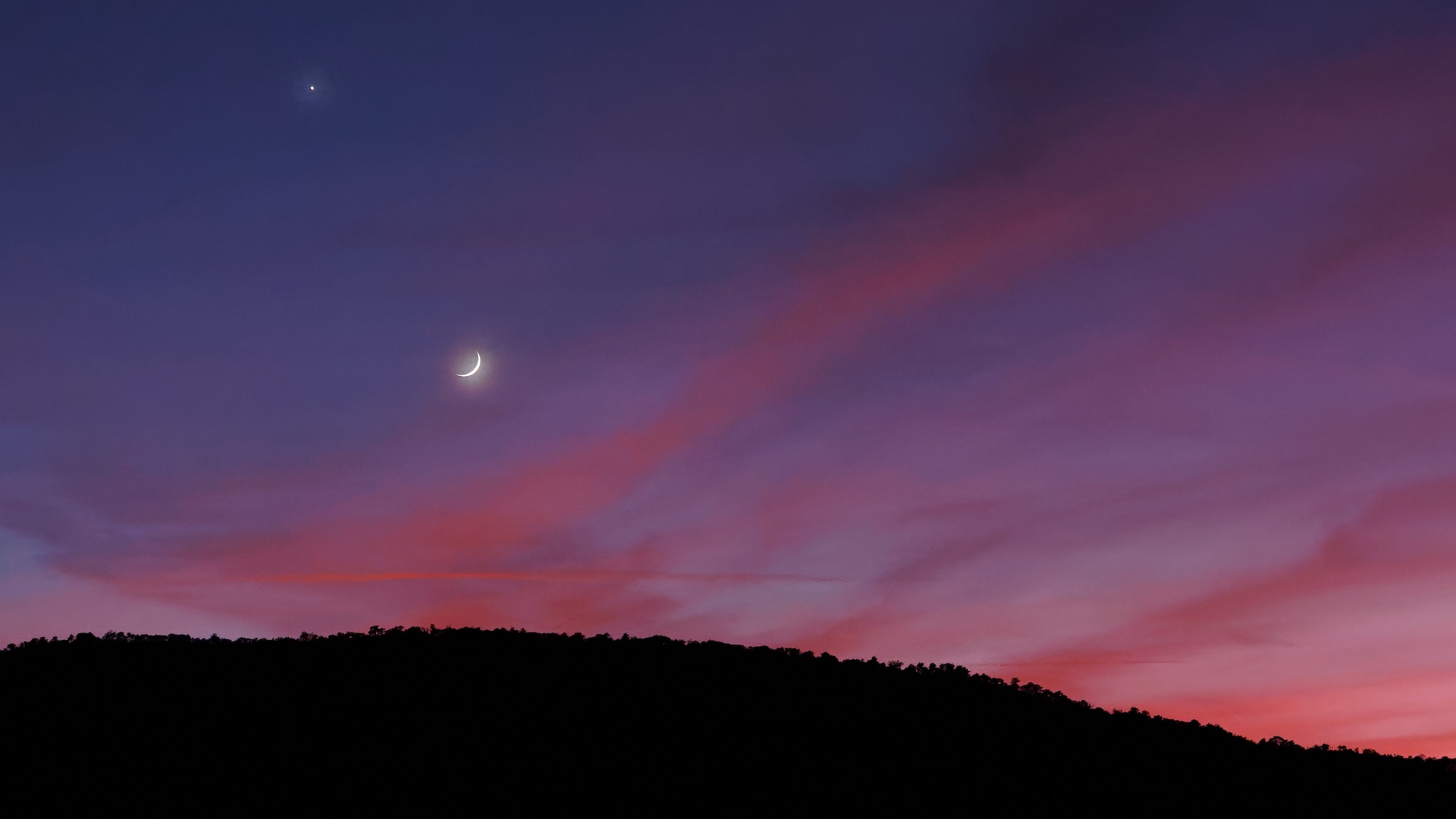
Moon, Mars, and meteors: Why July 28 is the best night for skywatching all summer
By Jamie Carter published
A conjunction between a crescent moon and Mars joins an ongoing display of 'shooting stars,' making July 28 one of the best nights for skywatching all summer.
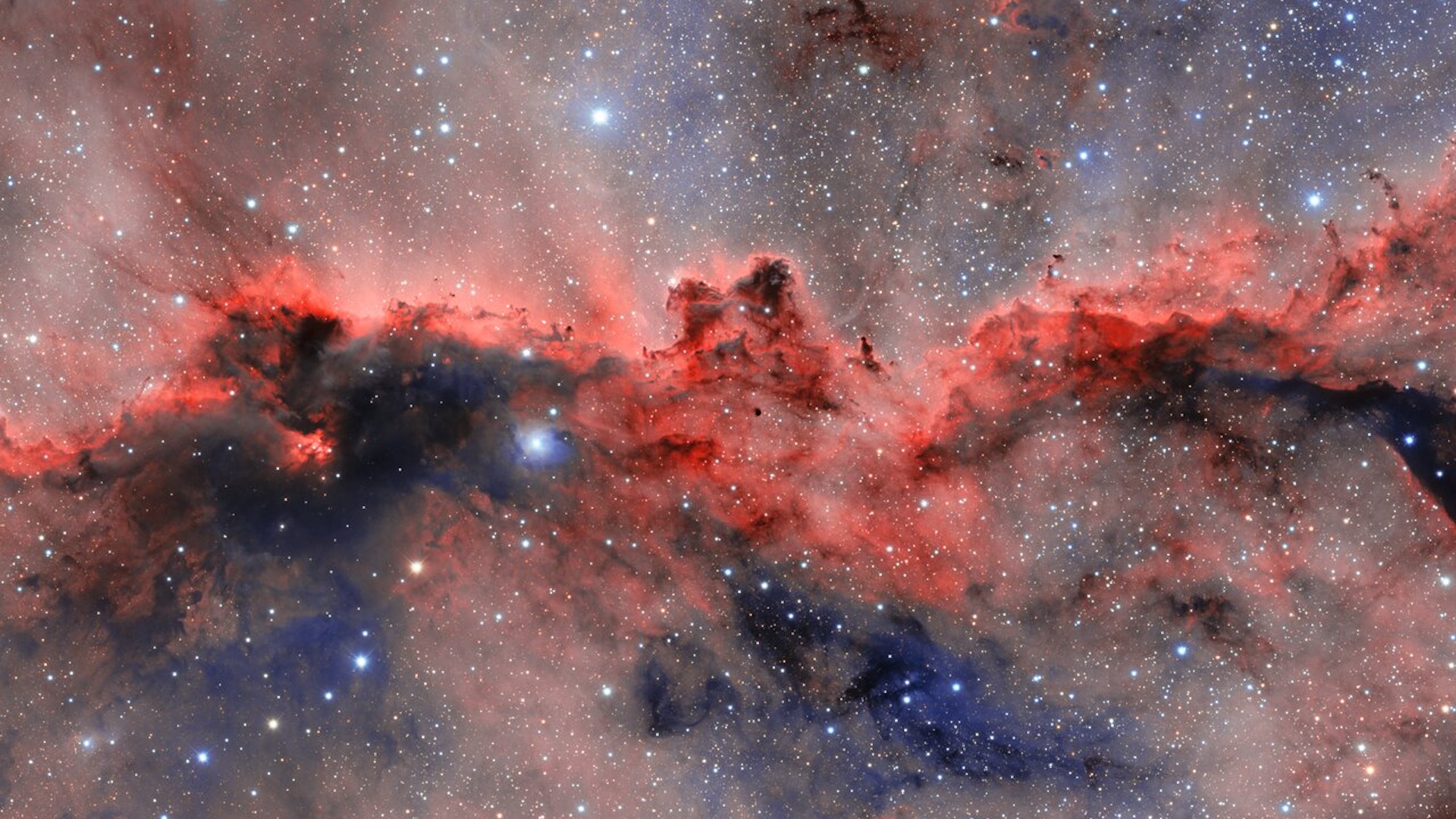
'Fighting dragons' light up little-known constellation in the Southern sky: Space photo of the week
By Jamie Carter published
A nebula where young stars sculpt dragon-like forms has been imaged in colorful detail by the Dark Energy Camera in Chile.
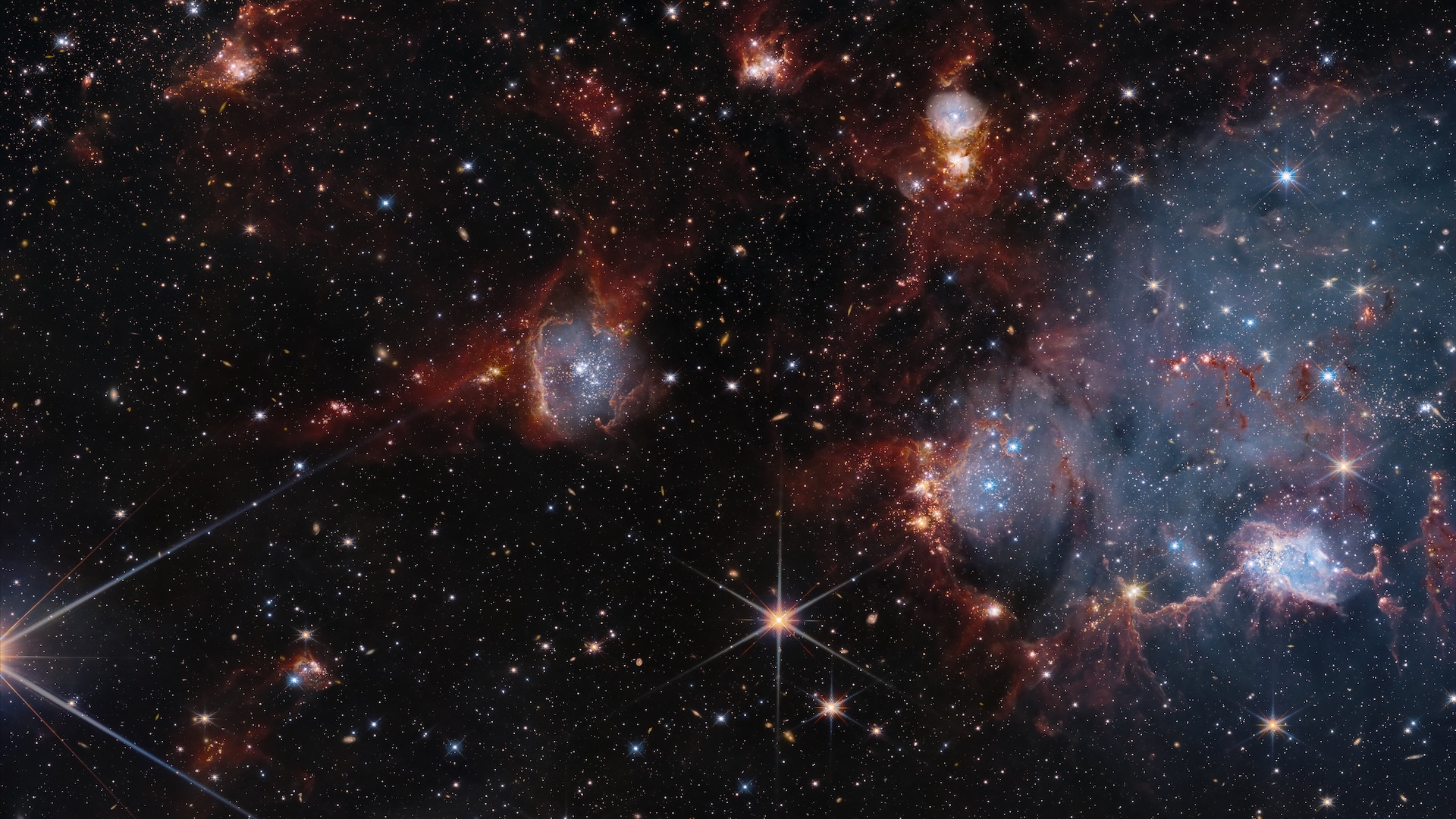
James Webb and Hubble telescopes join forces to explore a cosmic nursery: Space photo of the week
By Jamie Carter published
The mighty James Webb and Hubble space telescopes united to reveal stars being born inside the Small Magellanic Cloud, which orbits the Milky Way.
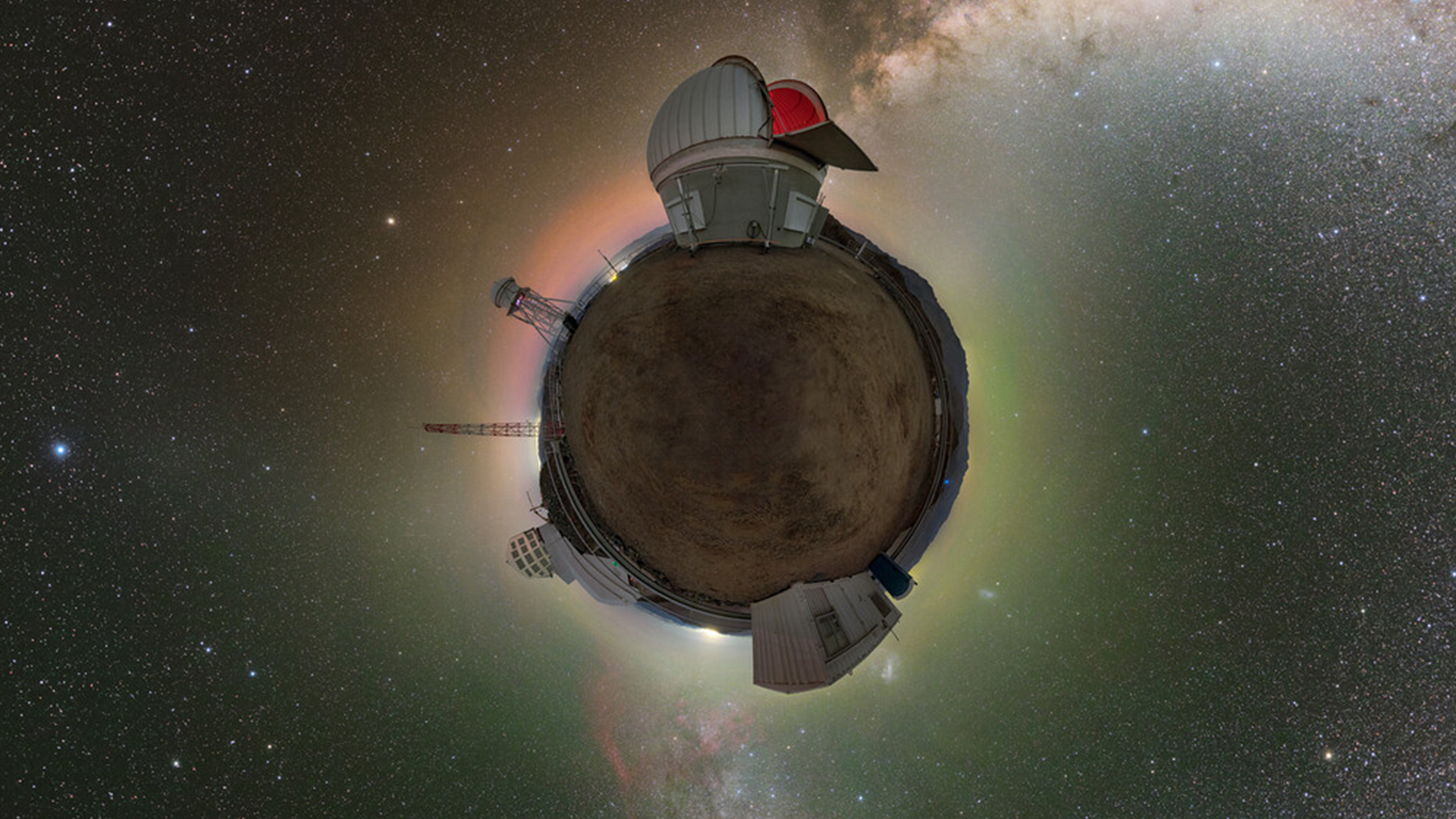
Vera C. Rubin Observatory: The groundbreaking mission to make a 10-year, time-lapse movie of the universe
By Jamie Carter last updated
Armed with the world's largest digital camera, the Vera C. Rubin Observatory in Chile will take night-sky images that revolutionize astronomy.
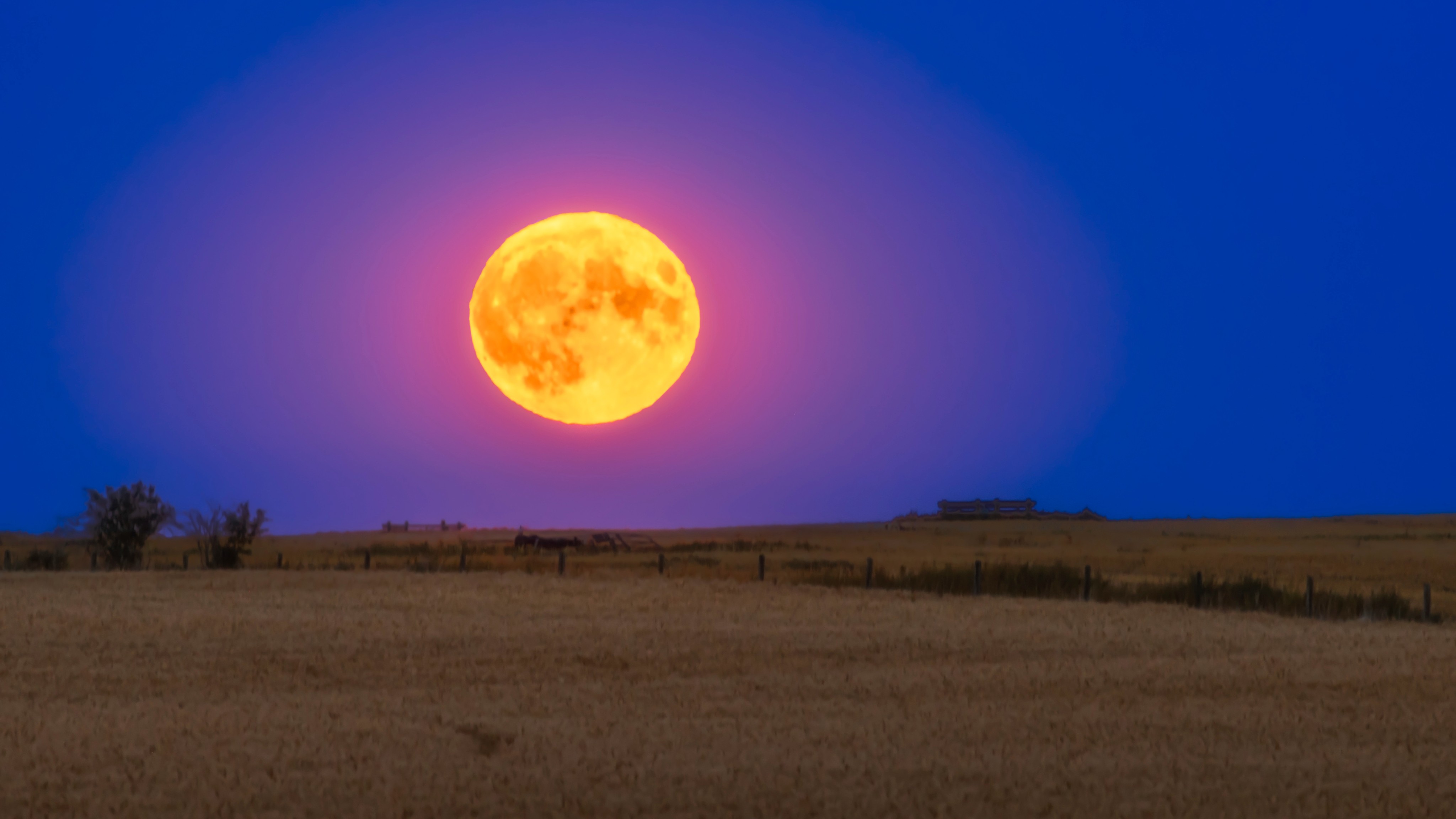
Full 'Buck Moon' rises next week: Why it's so special
By Jamie Carter published
July's full "Buck Moon" will be at its fullest on Thursday, July 10, and will be best seen at moonrise. It is the farthest full moon from the sun all year and one of the lowest in the sky.
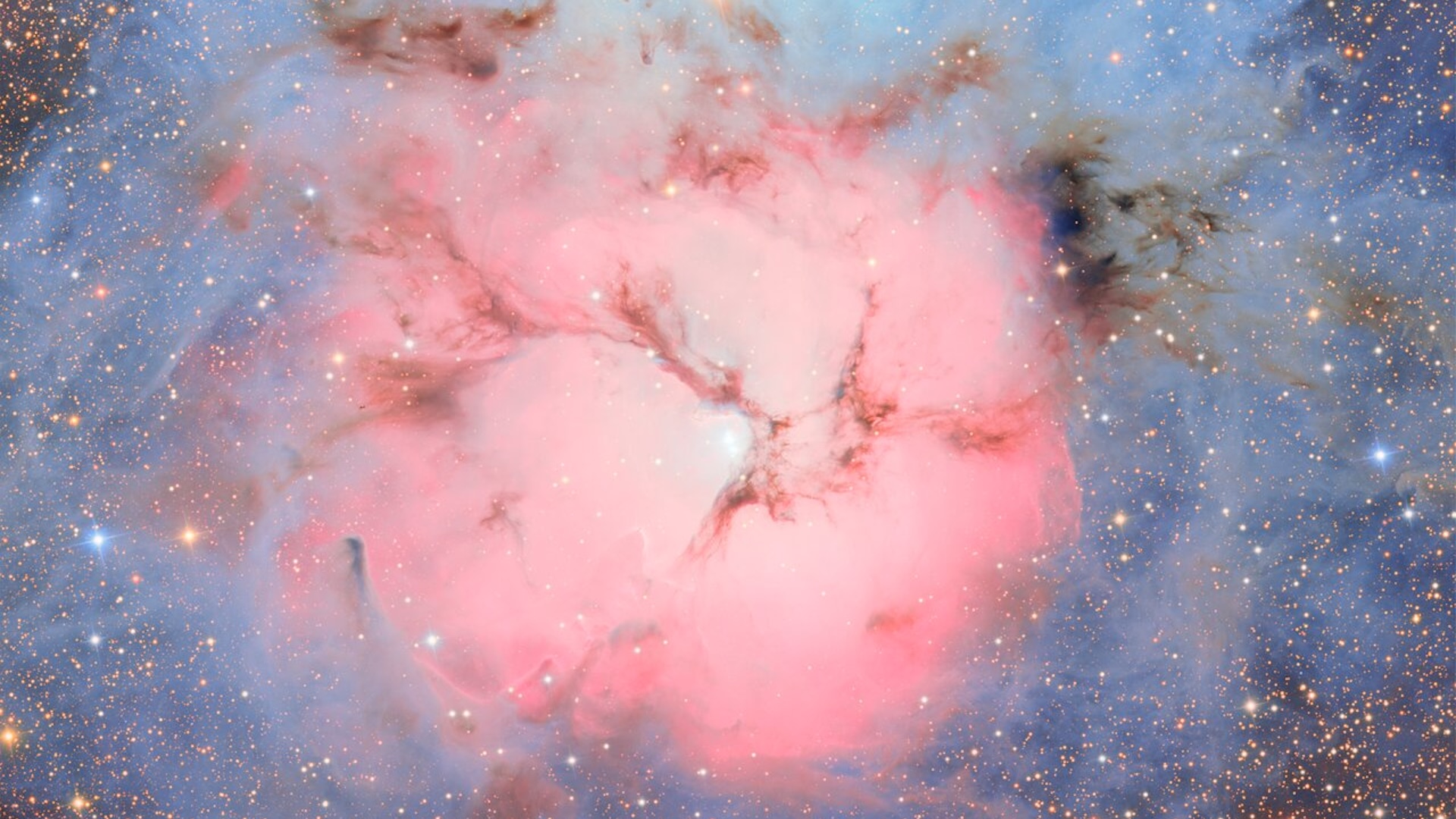
A cotton candy nebula glows in Vera C. Rubin Observatory's first close-up image: Space photo of the week
By Jamie Carter published
This spectacular star-forming region is one of the first images from the new Vera C. Rubin Observatory in Chile.
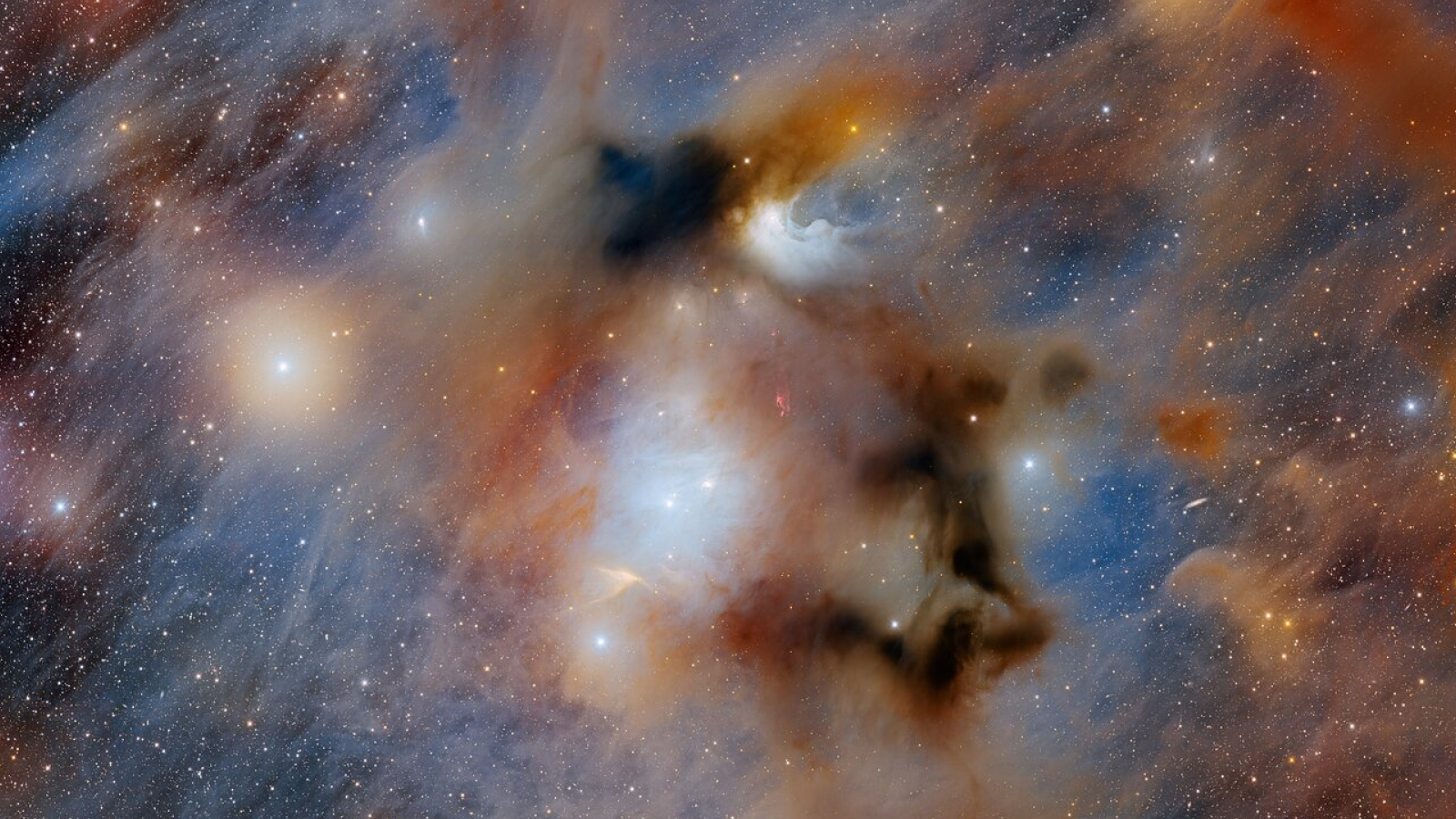
Ominous 'Chamaeleon' is hiding a stellar secret: Space photo of the week
By Jamie Carter published
The Dark Energy Camera captured glowing nebulae in the Chamaeleon I star-forming region, illuminating the dense clouds with newborn starlight.
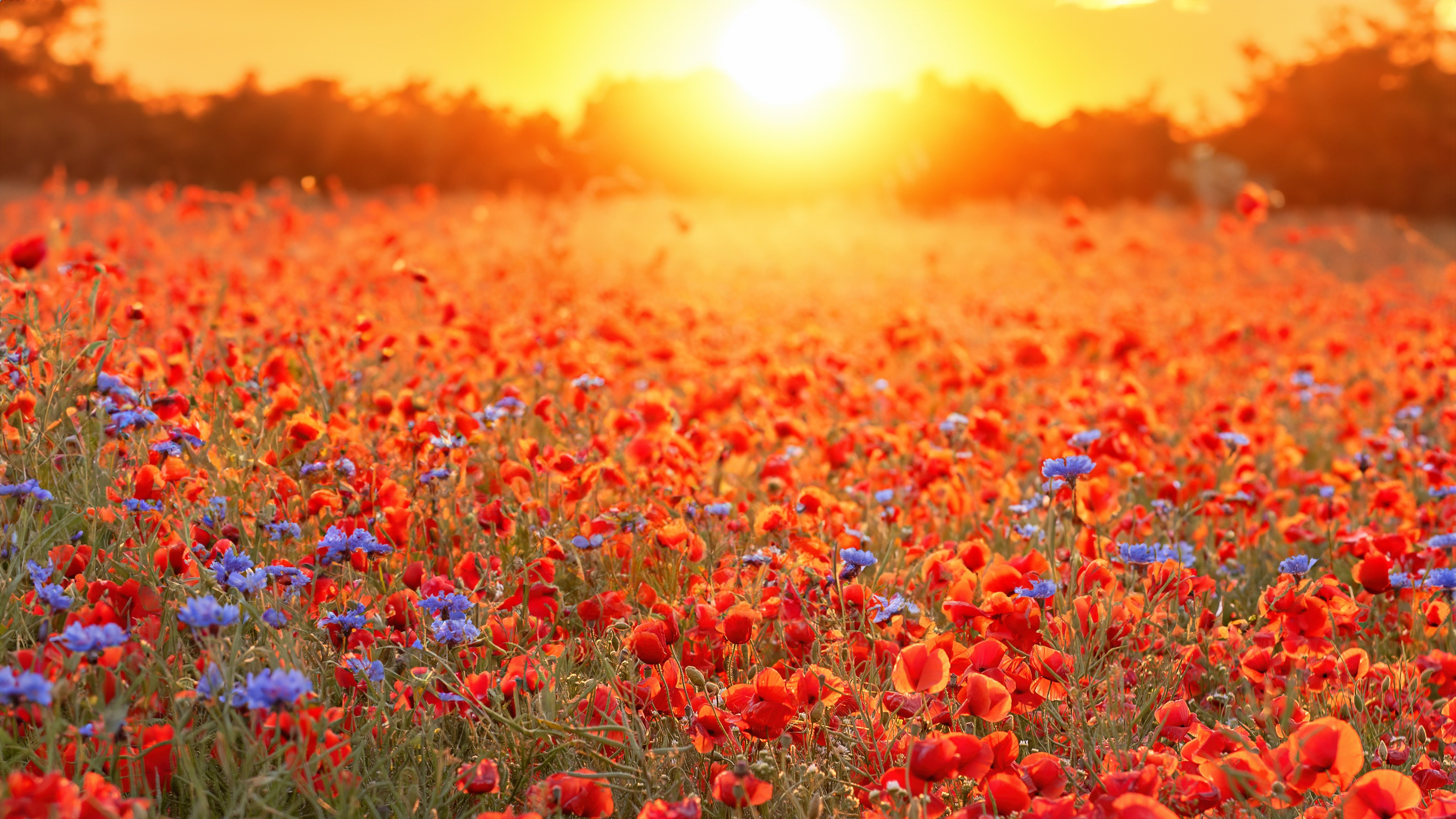
Summer solstice arrives in North America
By Jamie Carter last updated
The summer solstice, the longest day of the year in the Northern Hemisphere, falls on June 20 this year in North America, and June 21 in Europe.
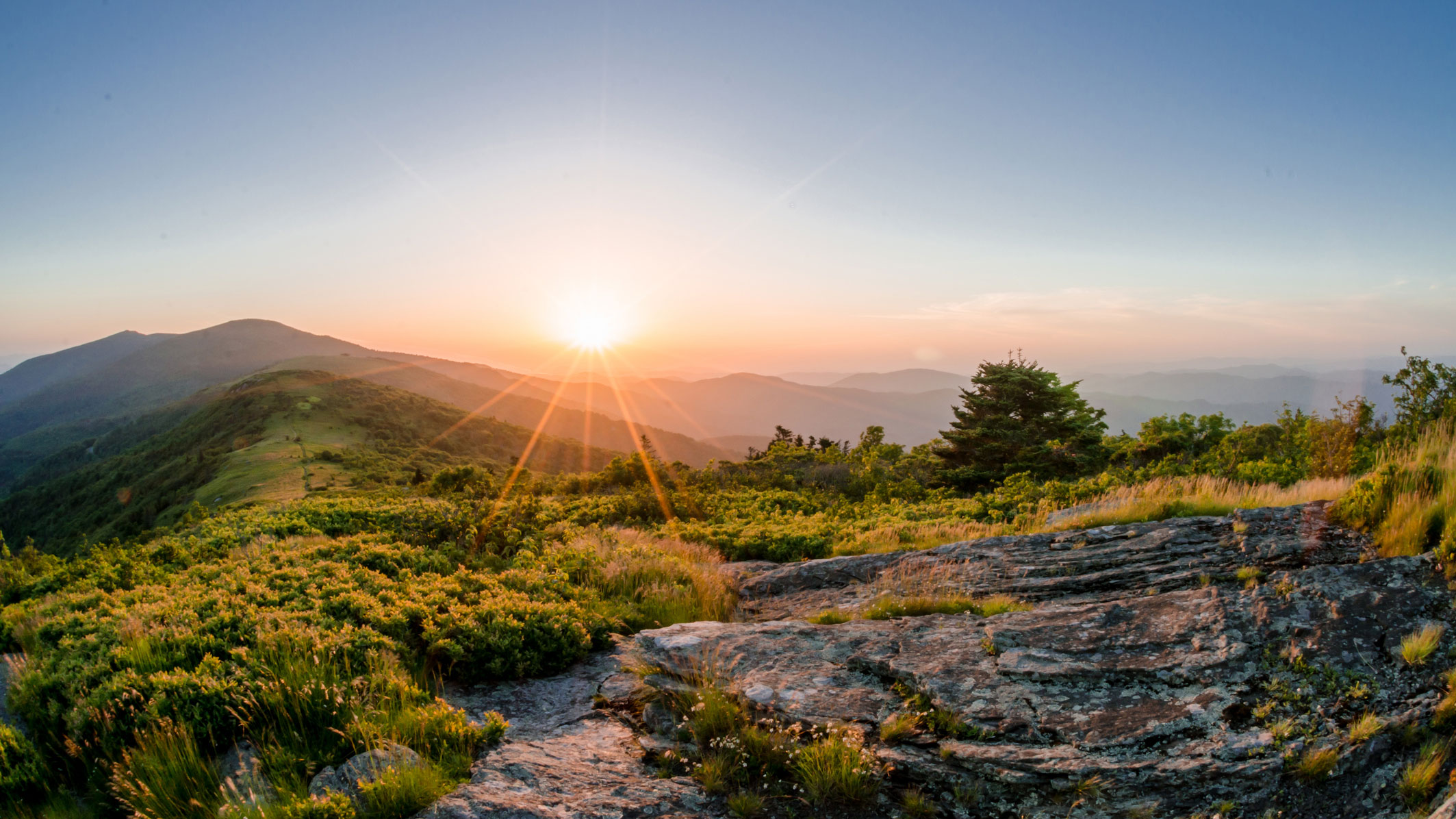
Summer solstice 2025: When is the solstice, why does it happen, and how do cultures celebrate?
By Jamie Carter last updated
What is the summer solstice, and when does it happen? The longest day of the year falls on either June 20 or 21 every year in the Northern Hemisphere. Here's everything you need to know about the science, and timing, of the summer solstice.
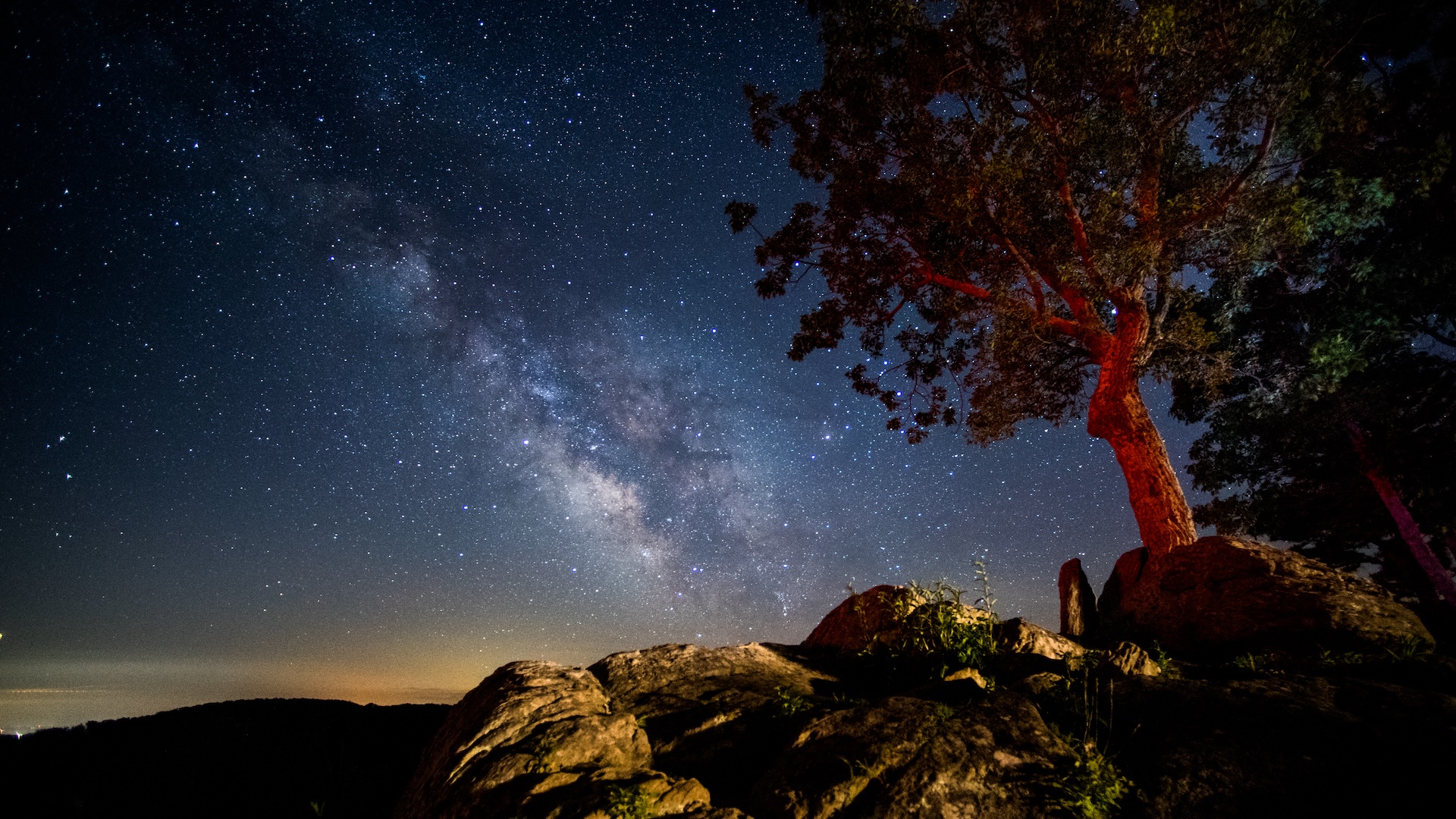
How to see the Milky Way at its best in June
By Jamie Carter published
"Core season" for the Milky Way has arrived, with our galaxy visible all night as a band of light arching across the sky. Here's where, when, and how to get the best views in June.
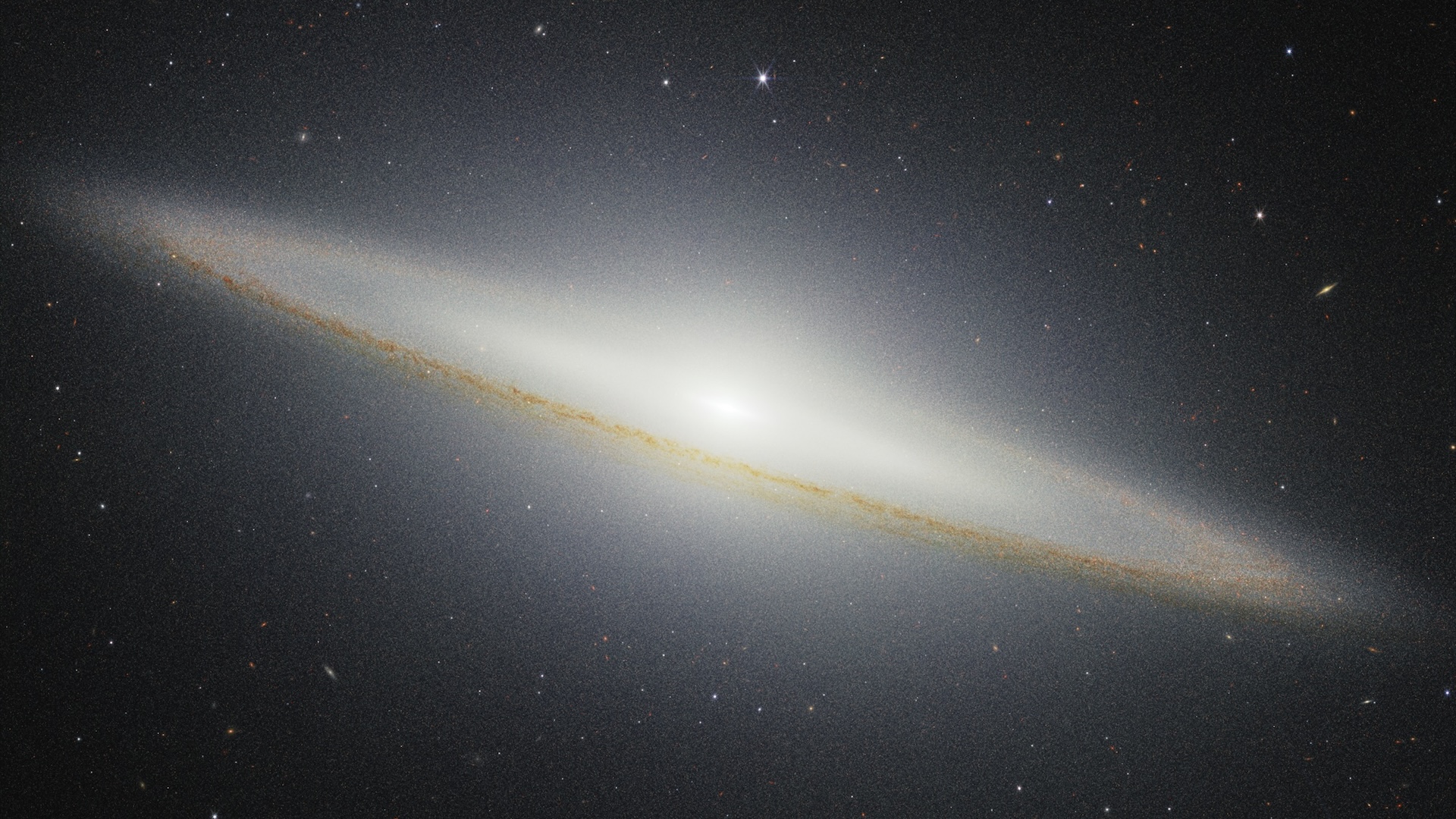
Space photo of the week: James Webb telescope takes best look at 'Sombrero Galaxy' in 244 years
By Jamie Carter published
New near-infrared observations by the James Webb Space Telescope highlight a tightly packed group of stars at the peculiar galaxy's center as well as dust on its outer fringes.
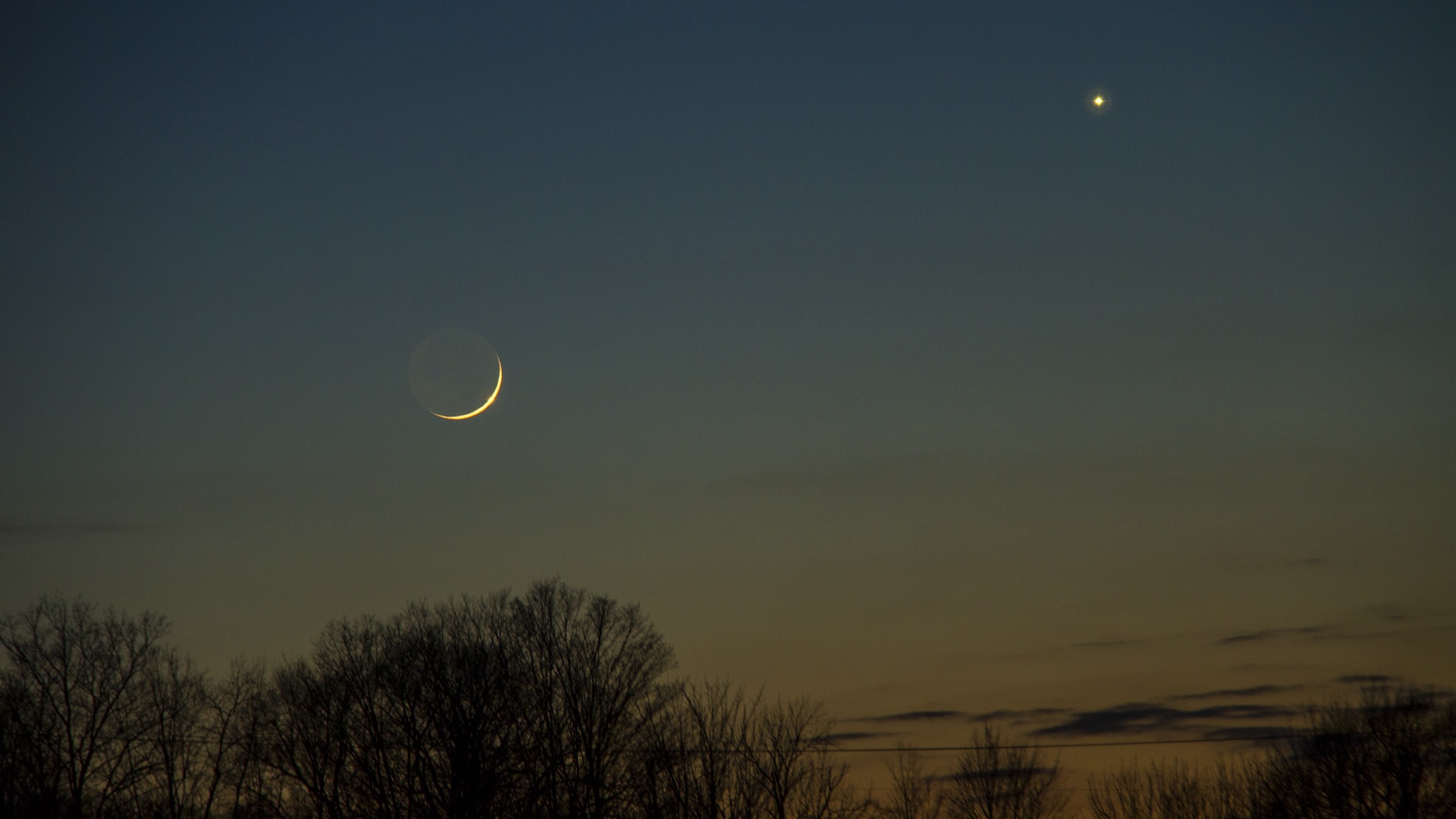
Two stunning conjunctions will light up the sky later this month. Here's how to view them.
By Jamie Carter published
This month will usher in two separate conjunctions — one between the moon and a rarely-visible Mercury, and another between the moon and Mars.
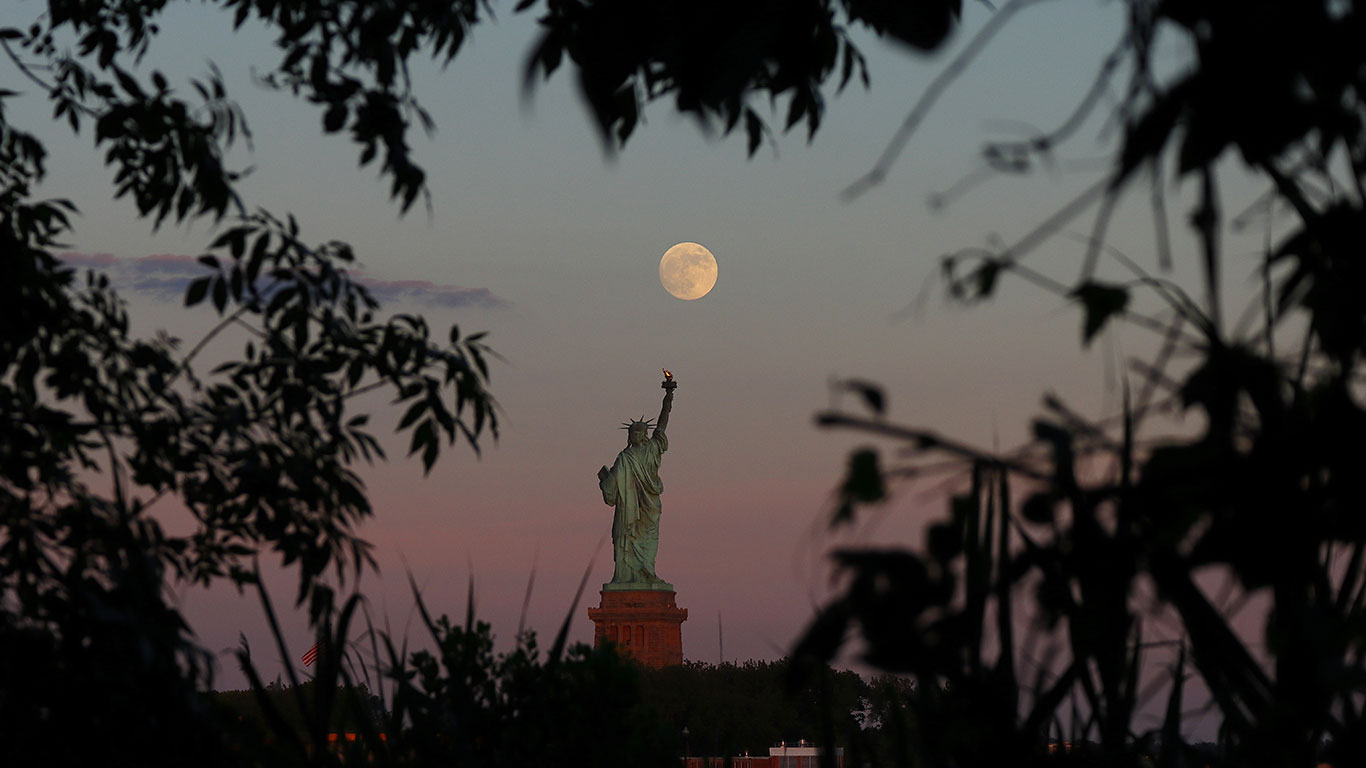
When is June's full moon, and why is it called the 'Strawberry Moon'?
By Jamie Carter published
June's full 'Strawberry Moon' will be at its fullest on Wednesday, June 11, but that's not the best time to see it.

Space photo of the week: Pink 'raindrops' on the sun captured in greatest detail ever
By Jamie Carter published
Solar scientists have unveiled spectacular new images of plasma "rain" in the sun's corona using adaptive optics.
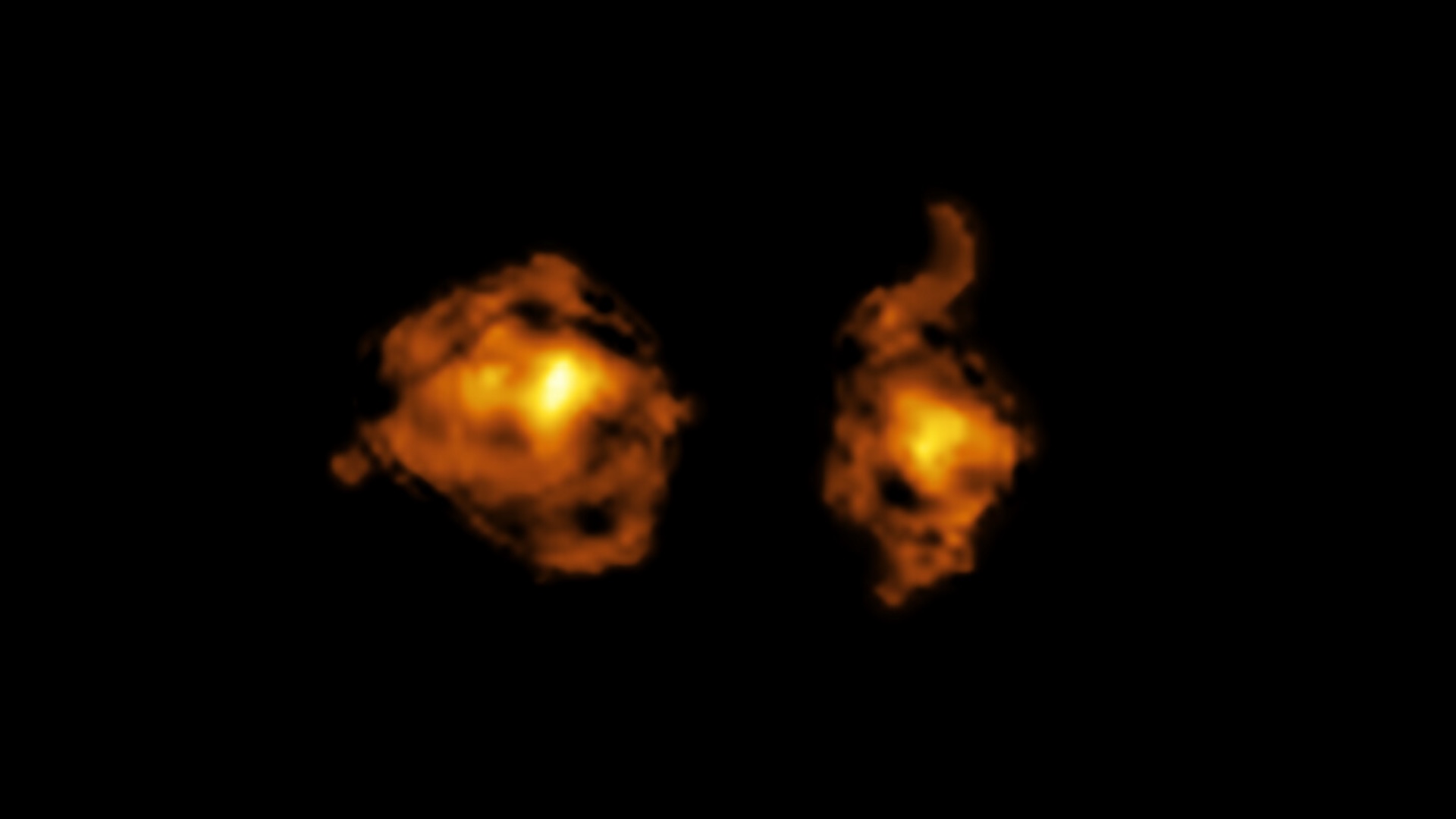
Space photo of the week: Violent galaxies seen 'jousting' near the dawn of time
By Jamie Carter published
The new image shows one galaxy piercing another with intense quasar radiation. Astronomers likened the violent galaxy collision to a medieval joust.
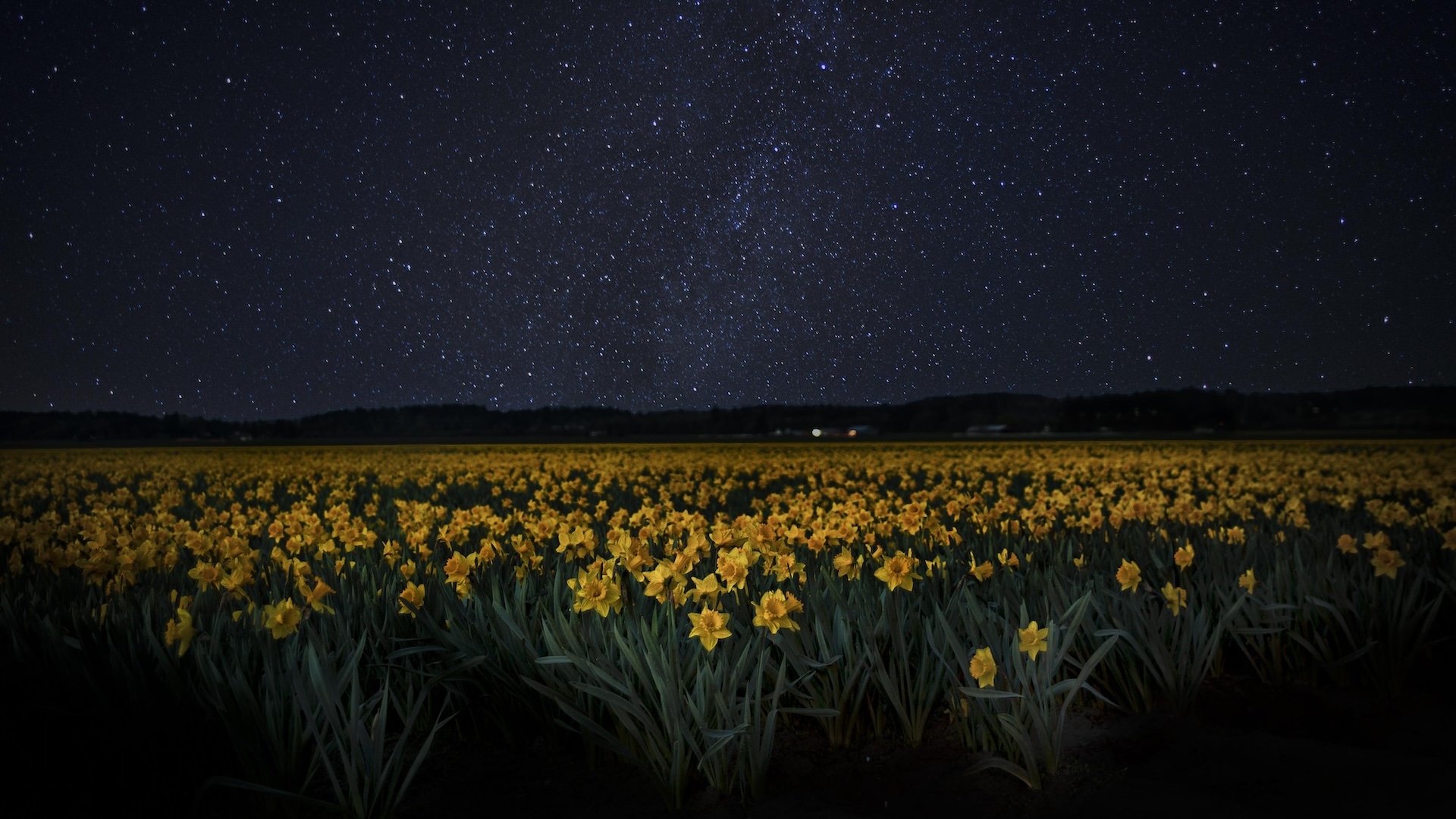
May's best stargazing week has begun. Here's what to see.
By Jamie Carter last updated
This week is the best time in May to view the night sky. Here's everything you can see during May's dark skies, from an upside-down bear to some of the oldest stars in the universe.
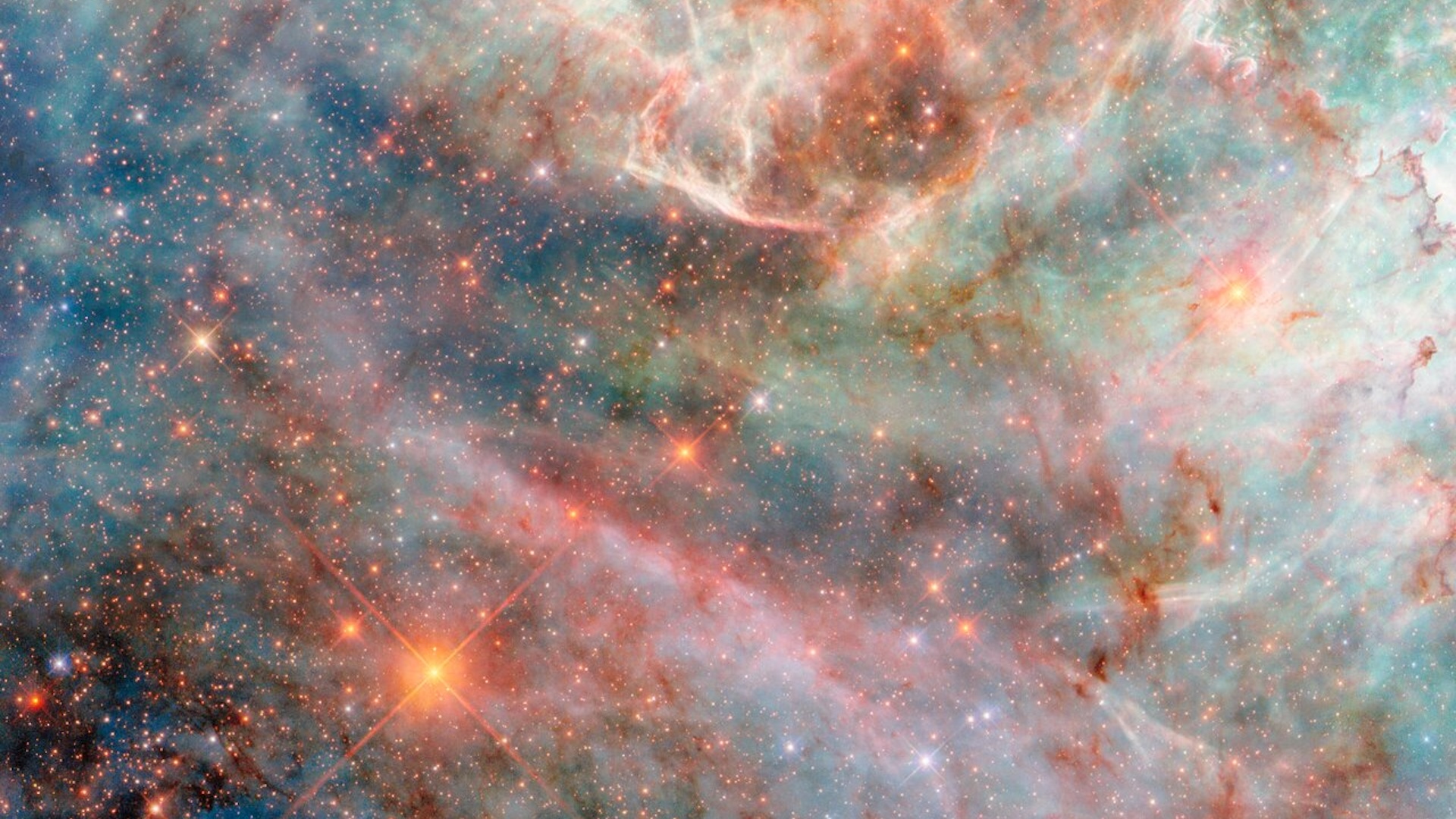
Space photo of the week: Cotton candy clouds shine in one of Hubble's most beautiful images ever
By Jamie Carter published
The Large Magellanic Cloud, which is visible only from the Southern Hemisphere, has been caught in the crosshairs of the Hubble Space Telescope.
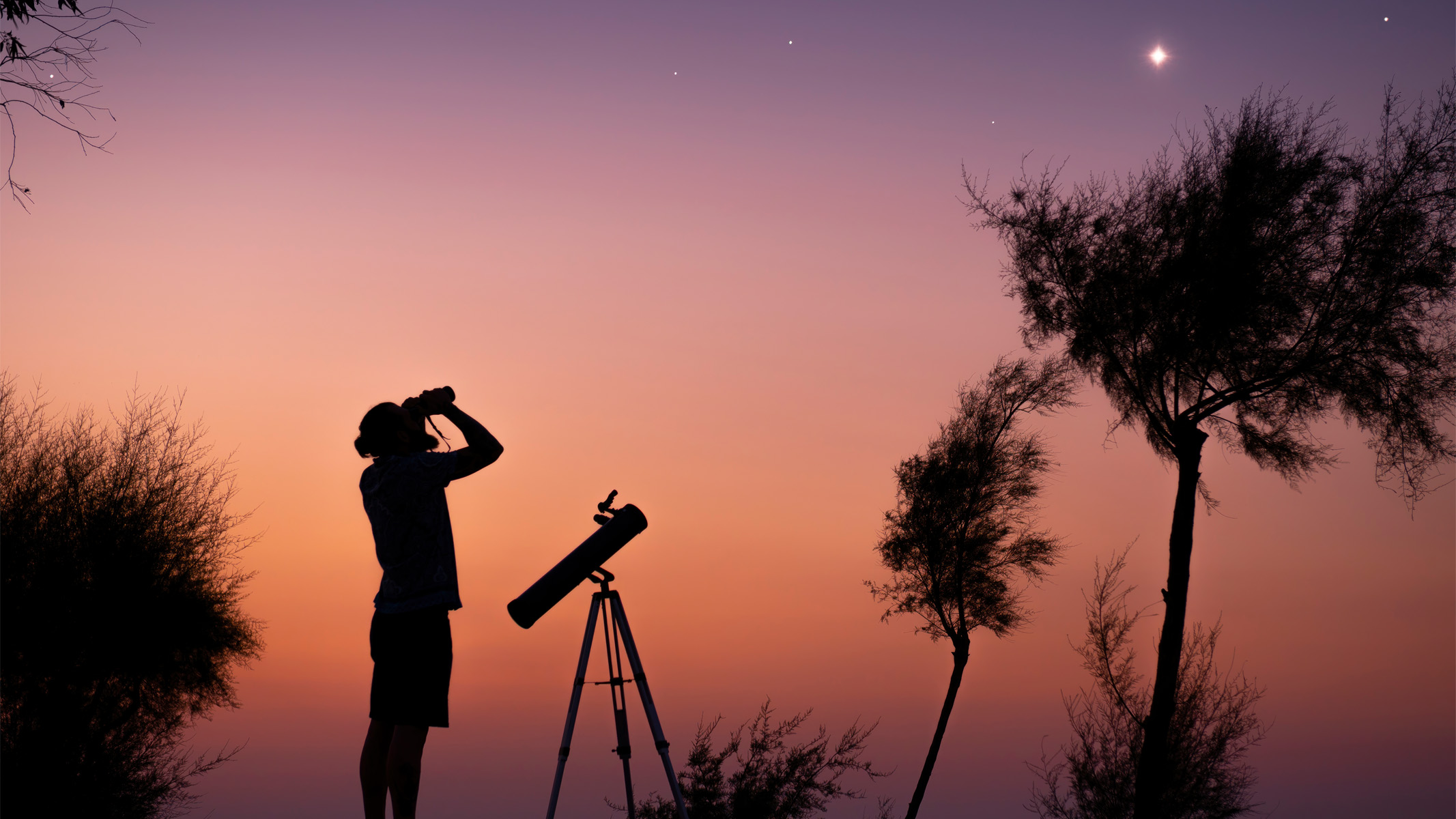
9 best things to see in the night sky with binoculars: May to July 2025
By Jamie Carter published
Explore the wonders of the Northern Hemisphere's night sky with our guide to the best celestial sights you can observe with binoculars between May and July.
Get the world’s most fascinating discoveries delivered straight to your inbox.
